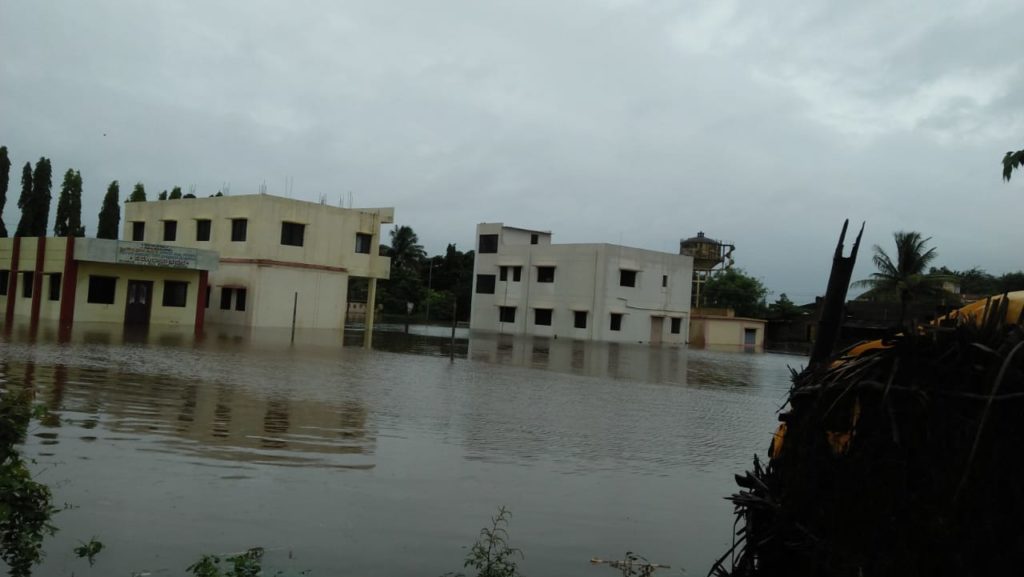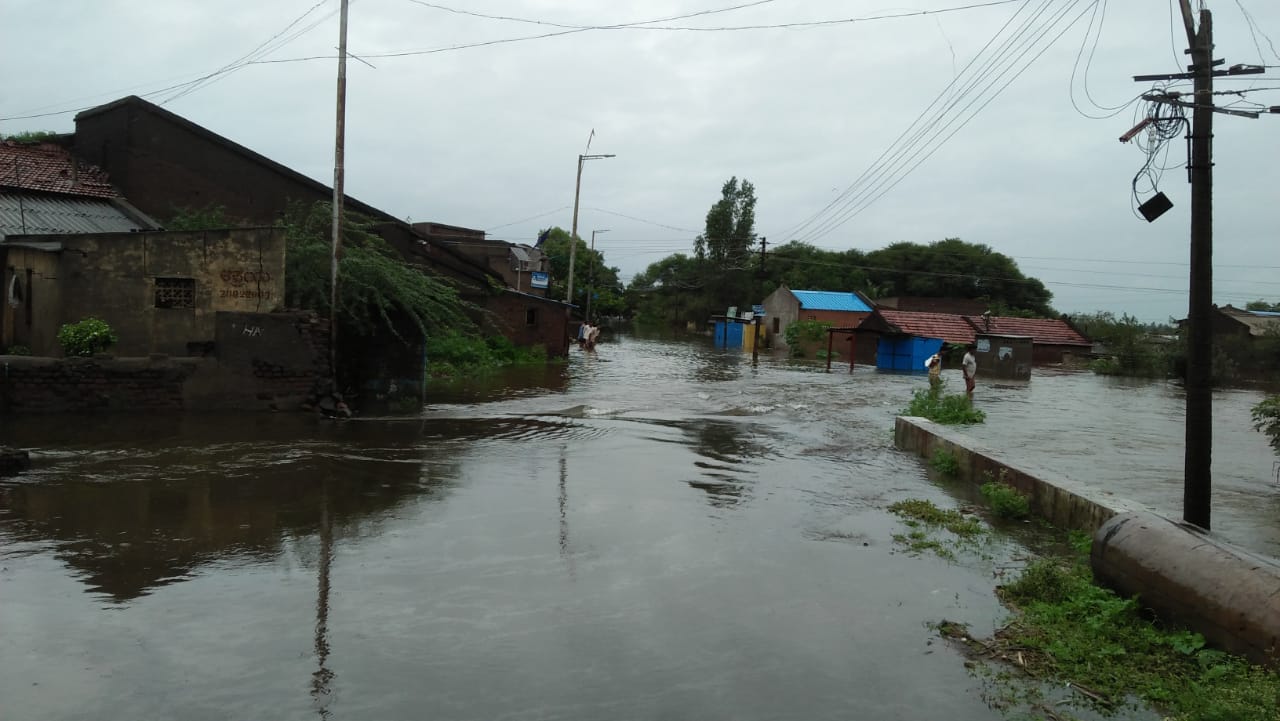Shankar Sharma
There is need for introspection whether we have achieved independence from water scarcity and floods during the last seven decades. It is very sad to experience water scarcity/drought and floods in the same year in some but same regions of our country repeatedly.
A model developed in Spain may be suitable for consideration for adoption in our towns and cities. Alicante, a city in south east Spain has built a unique park in a low lying area of the city which can store and re-cycle rain water. During heavy rains, excess water is diverted from storm water drains to this park.
The water is then treated and used for cleaning streets and watering parks. They have done this to address problems of torrential rains as also considerable dry months. This is an ancient Arab water conservation method to save water and protect residents from flooding and helps us in tackling the climate crisis.
I have always wondered as to why we have not planned for excess rain water to be taken to the nearby parks for ground water recharging. Since such excess water/floods will be there for only a few hours or days, the parks, which already exist and the flooding of which will not trouble anyone, can be an ideal spot to diverting excess surface water.

As in the case of Spain, if some land within the parks can be developed to be small ponds/tanks, it can also be a source of water in case of emergency/scarcity. Such ponds/tanks can become good bio-diversity spots too. Such a model can be advocated for our towns and cities facing floods and drought year after year.



Comment here